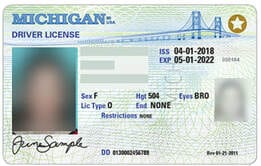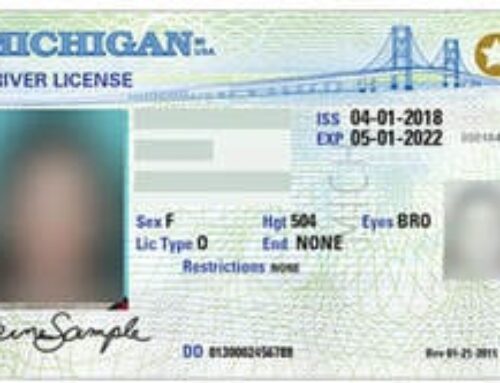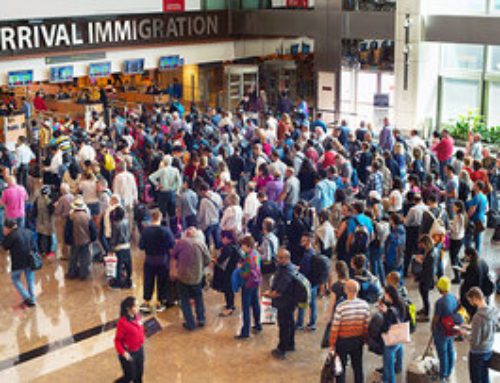“The Unvarnished Traveler” by Brian Raymond
“The Unvarnished Traveler” by Brian Raymond

As of May 7, 2025, significant changes are coming to domestic air travel in the United States. The Transportation Security Administration (TSA) will begin enforcing the REAL ID Act, requiring travelers aged 18 and over to present a REAL ID-compliant driver’s license or another acceptable form of identification to board domestic flights. This shift aims to enhance security measures and standardize identification protocols nationwide.
Understanding the REAL ID Act
Enacted in 2005 in response to the September 11 attacks, the REAL ID Act establishes minimum security standards for state-issued driver’s licenses and identification cards. Its primary goal is to prevent identity fraud and ensure that all forms of identification accepted for federal purposes meet consistent and stringent security criteria. Over the years, the implementation of the REAL ID Act has faced multiple delays, but the upcoming May 7, 2025, deadline marks the commencement of its enforcement.
Identifying a REAL ID-Compliant License
A REAL ID-compliant license typically features a star in the upper right corner. However, design elements can vary by state. For instance, California’s REAL ID includes a golden bear with a white star. If you’re uncertain about your license’s status, it’s advisable to consult your state’s Department of Motor Vehicles (DMV) or equivalent agency.
Alternative Acceptable Forms of Identification
If you haven’t obtained a REAL ID-compliant license by the deadline, other forms of identification will be accepted for domestic air travel, including:
-
U.S. passport or passport card
-
DHS trusted traveler cards (Global Entry, NEXUS, SENTRI, FAST)
-
U.S. military ID
-
Permanent resident card
-
Border crossing card
A comprehensive list is available on the TSA’s official website.
Consequences of Not Having a REAL ID After May 7, 2025
Travelers who arrive at TSA checkpoints without a REAL ID-compliant license or an alternative acceptable form of identification will face significant challenges. Initially, the TSA may allow such passengers to undergo an identity verification process. This procedure involves providing additional information, such as name and current address, to confirm identity. If the TSA can verify your identity, you may be permitted to proceed through security but should anticipate additional screening and potential delays.
However, if your identity cannot be confirmed, you will be denied access to the security checkpoint and, consequently, your flight.
TSA’s Phased Enforcement Approach
Recognizing the potential for confusion and disruption, the TSA plans to implement a phased enforcement strategy. Initially, travelers without compliant identification may receive warnings and be allowed to board their flights after completing the identity verification process. This approach aims to inform the public and provide a grace period for compliance. However, this leniency is temporary. Eventually, the TSA will fully enforce the REAL ID requirements, and passengers lacking compliant identification will be denied boarding without exception.
Steps to Obtain a REAL ID
To ensure uninterrupted travel, it’s advisable to obtain a REAL ID before the enforcement date. Here’s a general guide:
1. Gather Required Documents
You’ll need to provide:
-
Proof of identity (e.g., valid passport, birth certificate)
-
Proof of Social Security number (e.g., Social Security card, W-2 form)
-
Two proofs of residency (e.g., utility bill, bank statement)
2. Visit Your Local DMV
While some states allow you to begin the application process online, an in-person visit is typically required to present your documents and complete the process.
3. Pay Applicable Fees
Fees vary by state, so check with your local DMV for specific costs.
Given the anticipated surge in applications as the deadline approaches, it’s prudent to act promptly to avoid long wait times and potential processing delays.
Special Considerations
-
Children Under 18: Minors are not required to have a REAL ID to fly domestically. However, the accompanying adult will need compliant identification.
-
Enhanced Driver’s Licenses (EDLs): Some states offer EDLs, which are REAL ID-compliant and can also be used for land and sea travel to certain countries.
-
State Variations: Each state may have specific requirements and procedures for issuing REAL IDs. It’s essential to consult your state’s DMV for precise information.
Final Thoughts
The enforcement of the REAL ID Act represents a significant shift in domestic travel protocols aimed at enhancing national security. While the TSA’s phased approach offers a temporary buffer, travelers should not rely on this leniency indefinitely. Proactively obtaining a REAL ID or ensuring you have an alternative acceptable form of identification will facilitate smoother travel experiences and prevent potential disruptions.
As the May 7, 2025, deadline approaches, taking timely action is both a practical and necessary step for all domestic travelers. Whether you’re flying for business, family visits, or long-awaited vacations, making sure your ID is compliant will give you peace of mind and a hassle-free airport experience.
So how to choose the right vacation for you?
Vacations are an investment! With literally thousands of options, choosing the right vacation and the best value is difficult to sort through. That’s where I bring my 12 years of travel experience and expertise to do this right, and get you the best value for your money. With the backing of the largest travel consortium behind me, we have options you can’t find online. Plus our work just gets started once we book your dream vacation. Chat with us to learn more.
The world awaits you and we look forward to assisting you in choosing the exact right adventure on the waters or land for you and your companions!









